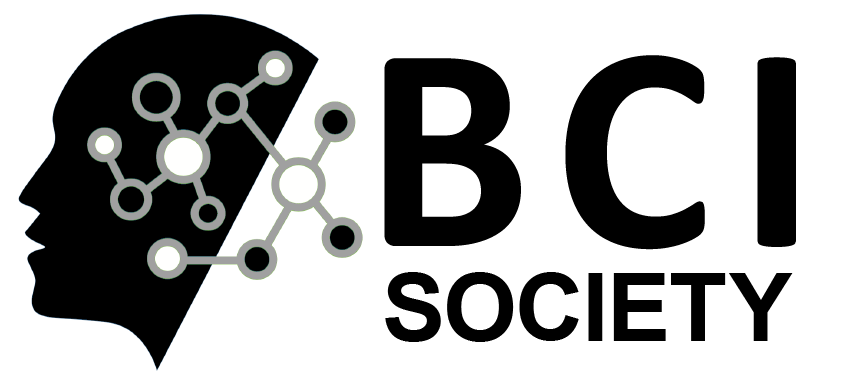In psychological and neurophysiological studies, emotion cognition, as one of the important cognitive functions of the brain, has always been a hot topic to explore the mechanism of the brain. Exploring the mechanism of emotional cognition is of great significance for revealing the cognitive process of the brain, recognizing emotional states, mining abnormal emotional cognition, and emotional cognitive impairment. In addition, with the development of neuroscience and brain-computer interface (BCI) technologies, traditional human-computer interaction (HCI) approaches have cannot satisfy the growing demands for intelligent applications in BCI and HCI systems, and the intelligent interactive systems that are equipped with emotion perceptions and affective interactions are urgently needed for artificial intelligence. Brain-computer interface technology with emotional interaction and emotional neurofeedback could provide us a helpful platform for affective human-computer interaction and emotional cognitive regulation. To further reveal the emotional cognition mechanism and enhance the intelligent emotional interaction, this special issue is to focus on various new technologies or methods that could help to improve the understanding of brain mechanisms related to emotional cognitions and affective interactions. In particular, this special issue would welcome contributions, including but not limited to
- Emotion cognition mechanism
- Emotional regulation technologies
- Emotional neurofeedback technologies
- Machine learning algorithms for emotion recognition
- Deep learning algorithms for emotion recognition
- Brain encoding and decoding from emotional interaction
- Affective brain-computer interface technologies
- Clinical research on the abnormal mechanism of emotional cognition
- Applications of various intelligent technologies in emotional human-computer interaction technologies
- Review/survey articles
Key words: emotion cognition, emotion recognition, brain-computer interface, emotional encoding and decoding, pattern recognition, machine learning, neurofeedback, emotion regulation
Guest editors:
Peng Xu, xupeng@uestc.edu.cn, University of Electronic Science and Technology of China
Yu Sun, yusun@zju.edu.cn, Zhejiang University.
Zehong Cao, zhcaonctu@gmail.com, University of South Australia
Yin Tian, tianyin@cqupt.edu.cn, Chongqing University of Posts and Telecommunications
